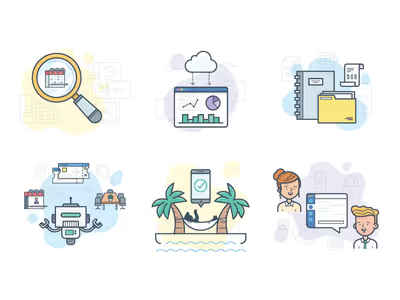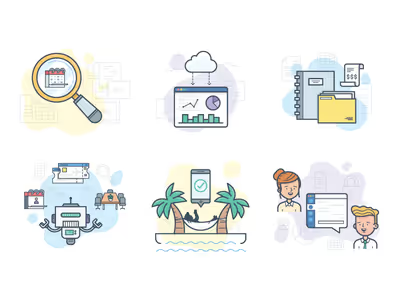
So you've got your customer feedback, your NPS scores, your CSAT, your reviews, your Zendesk tickets, and your social media. It's in 7 different languages and your customers are segmented by region, value band, product type and a whole host of other behavioural data. Analysing customer experiences can quickly become very complex, even more so when you view different touchpoints independent of the overall journey and it quickly gets very difficult to know where to start.
This data contains every interaction customers have with your company and their lasting impressions. One false move or a bottleneck at any stage is costly. More importantly it contains the answers to a lot of problems that the business has; like decreasing customer attrition after the first order, halving cost of new user acquisition or deciding on where to focus the next product sprint.
So how do you approach this? It's a massive opportunity and you know it will create a single unequivocal source of customer truth.
There are a few barriers that every company will face solving this problem. Data sits in silos, uses different tools and different teams have competing priorities but there are some remarkably straight forward things you can do to get started:
Draw All Information Together In One Place
Firstly you need a way to be able to view the different elements of the customer's experience in one place. Seeing how different channels compare, you're able to understand the wider picture. For example, to understand the impact of customer service on your App Store Star Rating, viewing all feedback analysis from Customer Support, NPS and Support Tickets in one place and comparing them side by side allows you to answer this question.
The easiest way to do this is to use a 3rd party tool that takes in all of the different inputs from different systems and draws them together so that you can analyse them side by side. You can also use your internal data warehouse - but be mindful of point 2 below.
Ensure That It Is Accessible And Actionable
There’s no point having a system where finding insights is resource intensive or only the BI team can access them. The only way to have customer insight informing every decision is to make the insights easily accessible to the right people at all times.
For information to be actionable it needs to be available both at a top line level so that it is manageable and also at a level that is granular enough to understand the specifics. Likewise, for insights to be useful they need to be available in near real time. If you only discover something a month down the line, that’s a lot of lost business in the interim period.
Unlock The Freeform Data
Applying sentiment and theme analytics using Natural Language Processing on the wealth of unstructured text data that you have (survey responses, reviews, Zendesk tickets) means you can understand what is driving customer behaviour as well as allowing for rapid problem identification and resolution.

Have One Metric Linking CX To ROI
When it comes to making changes to customer experiences, it's key to have a standardised metric in place covering all channels so as to see the impact of changes you make and to know where to prioritise further resource.
It's also important to link CX to ROI and to prove the impact of CX on overall business performance. A key factor of any customer experience management setup is to know how different teams in a company impact the overall customer experience. Transferwise do this really well, every team is KPI'd on Net Promoter Score targets.
Get Started
Understanding customers and customer based decision making can be given broad, vague names and mean different things at different companies. Knowing where to start can sometimes be as hard as the analysis and it's not unusual for certain customer data sources to be more difficult to access than others, but the key is to take the first step. Start with what you can do and build from there. Nothing builds a business case better within any organisation, than something that is already showing results.
At Chattermill, we use advanced Neural Network Deep Learning technology to provide integrated customer experience insights and analytics for our partners by combining different data sources and systems in one place without the need for complex integrations. Book a demo to find out how we can turn your customer data into insights today.















